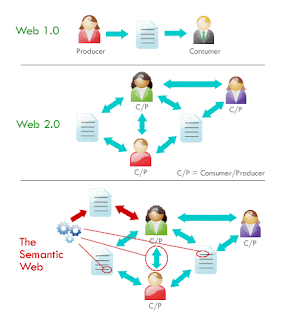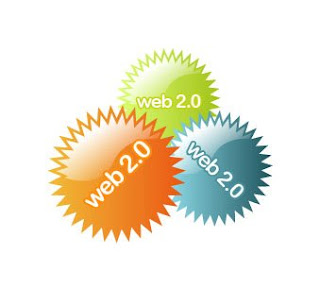 There seems to be a real fear by some to be called 'librarians.' There's a mysterious aura around what a librarian does. In fact, some have cloaked their librarian status as 'metadata specialist' or 'information specialist' or even 'taxonomist.' Why be a librarian? That's a good question. I like some of the answers offered by Singapore Library Association's Be A Librarian :
There seems to be a real fear by some to be called 'librarians.' There's a mysterious aura around what a librarian does. In fact, some have cloaked their librarian status as 'metadata specialist' or 'information specialist' or even 'taxonomist.' Why be a librarian? That's a good question. I like some of the answers offered by Singapore Library Association's Be A Librarian :As technology allows the storage and uploading of information at ever greater speeds and quantities, people are becoming oerwhelmed by the “information overload”. The information professional is a much needed guide to aid people in their search for knowledge.
The librarian learns to seek, organize and locate information from a wide variety of sources, from print materials such as books and magazines to electronic databases. This knowledge is needed by all industries and fields, allowing librarians flexibility in choosing their working environments and in developing their areas of expertise.
The librarian keeps apace with the latest technological advances in the course of their work. They are web authors, bloggers, active in Second Life. They release podcasts, produce online videos and instant message their users. The librarian rides at the forefront of the technology wave, always looking out for new and better ways to organize and retrieve information
for their users.
At the same time, librarians remember their roots, in traditional print and physical libraries, and continue to acquire and preserve books, journals and other physical media for their current users and for future generations.
Well said. I like it!













